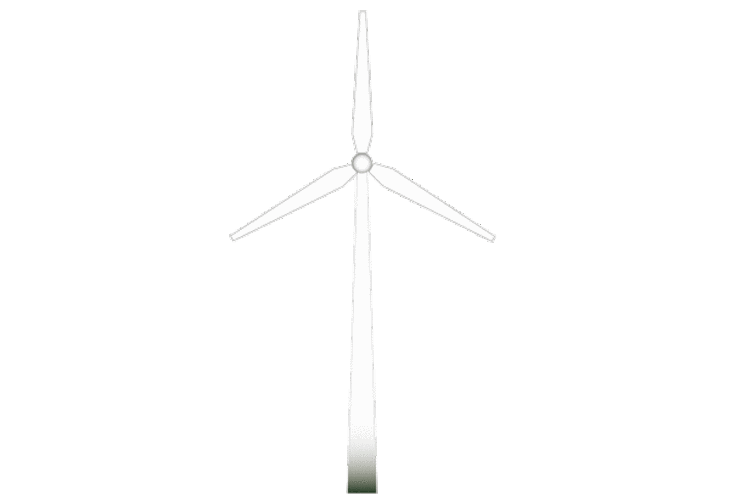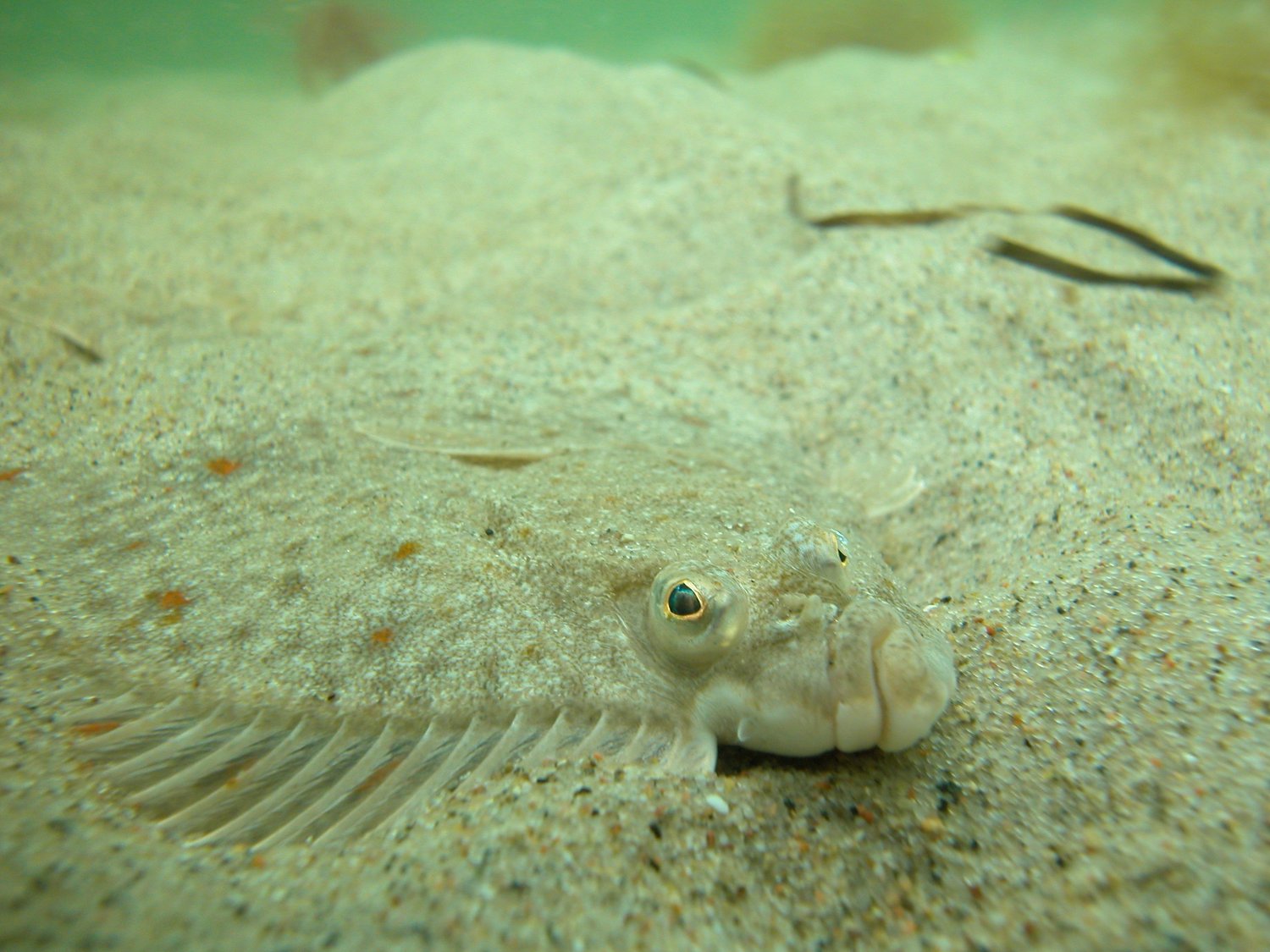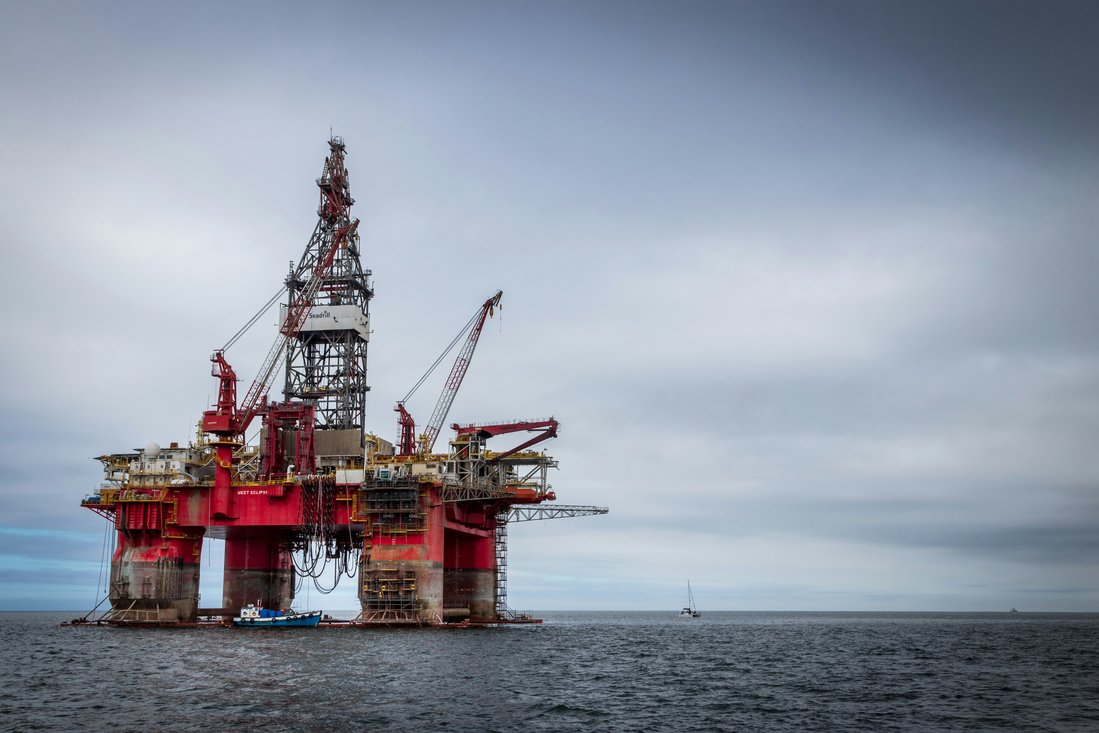Offshore wind energy plays a key role in the expansion of renewable energy, helping to meet climate targets and reduce reliance on fossil fuels. Germany and other European countries are increasingly investing in wind farms in the North Sea and the Baltic Sea to generate electricity in a more climate-friendly way.
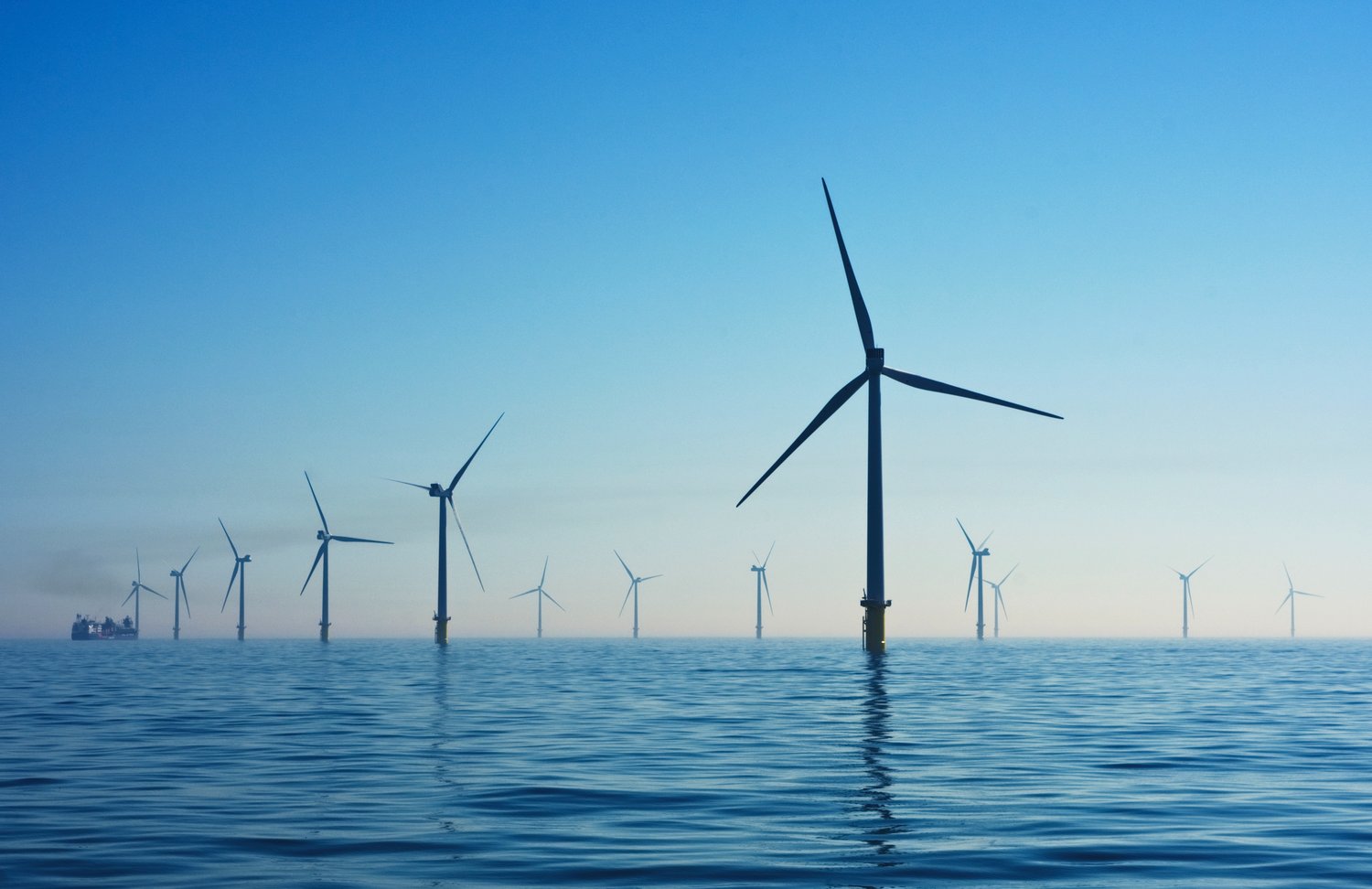
Each offshore turbine is a colossal structure, and future models are set to become even larger, with capacities of eight megawatts or more. Plans for projects up to 2025 foresee significant increases compared to existing installations. Depending on the project, rotor diameters could range from 174 to 236 metres, with hub heights reaching up to 145 metres.
For comparison: Cologne Cathedral is around 150 metres high. The size of wind farms varies depending on the number of turbines, currently covering areas between 4 and 60 square kilometres. To put this into perspective, the largest East Frisian island, Borkum, is about 31 square kilometres in size.
2. The life cycle of offshore wind farms
To understand the impact of offshore wind farms on the marine environment, it is essential to consider the entire life cycle of the turbines connected to the ocean. This includes delivery, construction, and grid connection via submarine cables, as well as operation, maintenance, and decommissioning. At the same time, it is important to bear in mind that the wind turbines must withstand constant and sometimes harsh weather and environmental conditions: corrosion from saltwater, pressure and movement from waves, as well as constantly changing weather – sun, rain, and of course, plenty of wind. This imposes high demands on the stability of the turbines and the materials used.
A brief overview of the various fields of influence:
The infrastructure
- Large-scale port facilities and storage areas along the coast are necessary to ensure the transport, installation, inspection, maintenance, and decommissioning of turbines using various specialist vessels. Throughout the entire life cycle of the wind turbines, there is continuous ship traffic between the coast and the offshore wind farms, which increases the existing maritime traffic.
- The electricity needs to reach land: To transport the generated electricity to consumers, extensive cable routes are required, some of which must be newly laid in the UNESCO World Heritage Wadden Sea. For these cables, it is necessary to dig long, deep trenches— a significant disruption to the delicate ecosystems.
Construction of offshore wind farms
- The construction processes associated with the installation of the turbines lead to a high level of noise pollution above and below the water.
- The construction of the wind turbines affects the structure of the seabed and changes the currents in the water column.
- The laying of kilometre-long cables through sensitive ecosystems such as the Wadden Sea and the construction noise pose a particular challenge for marine life.
Operation of offshore wind farms
- During operation, the turbines generate noise, which can be transmitted as vibrations all the way through the foundation and radiate into the surrounding environment.
- Ongoing ship traffic is required for maintenance and monitoring.
- Both above and below the water, the wind turbines create new structures that require significant space due to the height and diameter of the turbines.
- The turbines permanently alter wind patterns, microclimates, and marine currents.
The construction and grid connection of offshore wind farms, like their operation and eventual decommissioning, impact the habitats both below and above the sea surface. The physical, biogeochemical, and ecological effects vary in terms of duration, intensity, and spatial extent. The consequences for marine life are complex and can differ, even for the same species, across different wind farms, with both positive and negative outcomes.
3. Physical and biogeochemical changes
Both the wind field and local climate conditions change in the area of the wind turbines. This in turn has effects on the ocean, for example by inhibiting the wind-driven mixing of the surface water and thus changing the stratification of the water. However, the wind turbines are not only an obstacle to the air flow. They also change the water flow and thus influence the mixing of water masses in deeper layers, for example.
Water temperature, salinity and the availability of plant nutrients can change with the current - and thus influence the structure and functioning of marine ecosystems. The changing water currents also have an impact on the seabed. Sediments can be stirred up or displaced, with the corresponding effects on the biotic communities on and in the seabed.
Pollutant emissions from offshore wind farms
Offshore wind turbines have to last for decades in a harsh marine environment - which is why different strategies are used to protect the various components against weathering. These include, for example, the use of corrosion inhibitors and biocides to prevent fouling on the foundations.
In Germany, strict environmental requirements are imposed on offshore installations: These include the use of protective agents that have the lowest possible level of harmful substances. Some toxic components are also completely prohibited. Nevertheless, pollutants can be released from coating materials during repair or maintenance work, for example, and enter the marine environment and affect marine ecosystems. Increased shipping traffic and the associated exhaust gases also cause additional environmental pollution.
4. Ecological changes
Above the water surface
Today’s offshore wind turbines reach heights of up to 150 metres from sea level to the tip of the rotor blade, with rotor diameters spanning around 125 metres — a striking presence above the waves. Future turbines are expected to surpass these dimensions significantly. The potential impact on seabirds, migratory birds, and bats has been relatively well studied, though the effects vary depending on the location and species involved.
The primary threats to birds and bats from offshore wind farms are collisions with turbine blades and the loss of habitat. Migratory birds, which frequently cross the North and Baltic Seas, often fly at altitudes below 300 metres – placing them directly within the rotor-swept zone. However, the risk is not limited to migratory species: seabirds that live year-round in the vicinity of wind farms are also exposed to ongoing collision hazards. Research shows that various seabird species actively avoid wind farm areas, resulting in the loss of critical feeding grounds.
In this context, location plays a key role. The risk of collision increases significantly when turbines are sited along major migratory routes or near breeding and resting areas used by seabirds. These factors should be carefully considered during site selection. One proposed mitigation strategy is to temporarily shut down turbines during high-risk periods – for example, at specific times of day or during peak migration seasons. This approach requires accurate and regularly updated data on bird flight paths and timing to be effective.
In the water column
The effects of offshore wind turbines on underwater life are extremely complex and of variable duration and intensity. Both positive and negative effects on different levels of the marine food web can be observed.
At the very base of this web is plankton - a drifting world of microscopic plant and animal life that forms the basis all marine creatures. Offshore wind turbines, by introducing artificial structures into the sea, disrupt natural ocean currents and stir up the seabed. These changes can alter the distribution of nutrients and the movement of plankton through the water.
Wind turbines also influence the microclimate around them, affecting local temperature, rainfall patterns, and sunlight levels. These factors, in turn, shape how plankton grows and spreads. Since plankton forms the foundation of the marine ecosystem, any shifts here ripple upwards, impacting everything from tiny crustaceans to large fish and marine mammals.
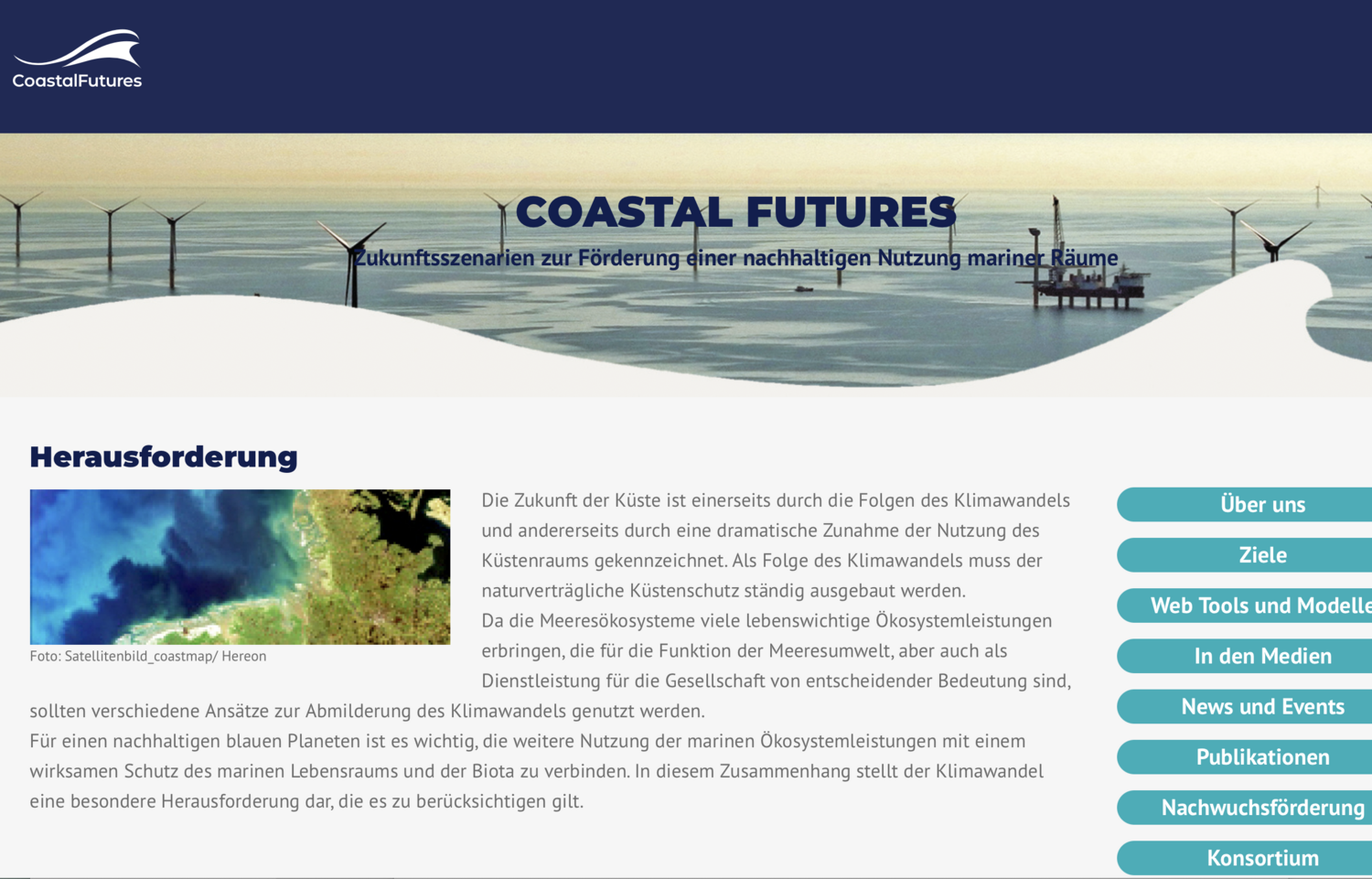
Further information:
As part of the sustainMare research mission, more than 250 scientists from across seven collaborative projects are working under the umbrella of the German Marine Research Alliance (Deutsche Allianz Meeresforschung, DAM) to explore the ecological, economic, and social impacts of human activity in various marine regions. One of these projects, Coastal Futures, focuses specifically on how offshore wind farms can be managed sustainably.
The consequences of wind farms for fish
The habitat of fish is severely reshaped by offshore wind farms. Large-scale farms can disrupt the migration of fish and thus their population dynamics. The developmental stages, from fish larvae to reproductive animals, sometimes take place in very different habitats. Offshore wind farms, for example, can lead to some fish species being displaced from their traditional spawning regions. The eggs and larvae of some species that are released into the water and drift around as part of the plankton may also no longer reach their nurseries near the coast due to the changes in ocean currents.
Sound and electromagnetic radiation are also emitted along the entire life cycle of the plants, which can affect the behavior, communication and foraging of fish, including sharks and rays. Changes to the microclimate, sedimentation processes or nutrient cycles can also limit the survival chances of individual fish species and developmental stages.
At the same time, the facilities provide protected underwater habitats through limited fishing and can contribute to the regeneration of fish stocks and the preservation of biodiversity. This in turn can have a positive effect on adjacent habitats in the sea and also lead to an increase in the population of various fish species outside the facilities.
Although fishing in wind farms is limited, certain fisheries and aquaculture operations such as seaweed farming can be linked to wind farms. The collection of edible seafood such as mussels or crabs from the biofilm on the foundations has already proven to be a valuable source of commercial income in various countries and at the same time ensures that the hydrodynamic loads on the turbines are regularly reduced.
The consequences of wind farms for marine mammals
The effects of offshore wind farms on marine mammals such as whales and seals can vary significantly between species. In the North and Baltic Seas, one of the most affected species is the harbour porpoise – a small, protected cetacean already classified as critically endangered in German waters. As more offshore wind farms are planned and constructed, their footprints increasingly overlap with the porpoises’ natural habitats – areas essential for foraging and raising calves. These spatial conflicts pose a growing threat to local populations, particularly during the noisy construction phase, which can drive animals away from key breeding and feeding grounds.
Noise protection measures are now being taken to reduce underwater noise. For example: To reduce the impact of underwater noise during pile-driving – the process of driving foundations into the seabed – mitigation measures such as "bubble curtains" have been introduced. This technique involves laying perforated air hoses around the construction site, which release air to create a rising wall of bubbles that helps to dampen the noise. While such methods can lessen acoustic disturbance during construction, the operational phase of wind farms still results in a long-term increase in ambient noise levels. This chronic sound pollution, radiating through both water and seabed, can interfere with the behaviour of marine mammals. It has the potential to disrupt communication, navigation, foraging, and reproduction – all vital functions for species such as harbour porpoises, which rely heavily on echolocation to survive in their underwater environment.
On the seabed
The construction of offshore wind farms involves significant disturbance to the seabed, which can have far-reaching effects on benthic communities – the diverse range of organisms that live on or within the sea floor. Many of these species are particularly vulnerable to disruption because they are sessile, semi-sessile, or display strong site fidelity, meaning they either remain fixed in place or are only capable of very limited movement. Unlike mobile marine animals, most benthic organisms cannot flee from construction activities such as seabed preparation or pile-driving.
Yet, benthic communities in the North Sea are naturally adapted to a dynamic environment shaped by strong currents and frequent storms. As such, studies have shown that many benthic animals and plants are capable of recolonising disturbed areas within a few years after dredging or construction work has been completed. However, the composition of these communities often differs from what existed before. Opportunistic, short-lived species – such as mobile mussels and polychaete worms – tend to dominate the newly formed ecosystems on the seabed. At the same time, species that rely on fine, sandy soft sediments are often permanently displaced in areas directly surrounding the turbine structures.
That said, some species may also benefit from the new conditions. Since activities like bottom trawling are typically prohibited within wind farm zones, these areas are partially protected from further seabed disturbance, offering a refuge for sensitive benthic organisms.
Turbine foundations create new habitats
The construction of offshore wind turbines also gives rise to new marine habitats. The foundations and turbine towers offer complex horizontal and vertical surfaces that can be colonised by a wide range of organisms. The biological communities that establish themselves on these structures vary considerably by region and season. In most cases, however, a few species tend to dominate, including mussels, barnacles, bryozoan colonies, as well as sponges, anemones, and cnidarians.
At the same time, these artificial reef structures can provide a foothold for non-native species, which may establish themselves and spread in the area.
Yet, from an engineering perspective this biofouling is generally undesirable. The build-up of biological material can place additional stress on the structural integrity of components, increase maintenance requirements, and potentially interfere with functionality. To prevent colonisation, anti-fouling measures are often employed – including coatings that contain toxic biocides, which may in turn harm the marine environment.
Alternative solutions are being explored, such as designing the infrastructure to account for expected biofouling, regularly removing growth by hand, or using mechanical systems – for example, ring-shaped devices that move up and down the foundations with wave motion to deter settlement. However, such measures may also undermine the potential ecological benefits of these structures, such as their function as artificial reefs.
5. Offshore wind farms – sites of multiple use?
The expansion of offshore wind energy is intensifying existing conflicts between different user groups in the North and Baltic Seas. To reconcile these competing demands, there is a growing need for more efficient use of marine space. This means, on one hand, increasing the amount of energy generated per unit area so that sufficient space remains available for protected species and habitats, as well as for shipping, fishing, and other maritime activities. On the other hand, areas that are currently used for a single purpose should, wherever possible, be made accessible to multiple stakeholders.
In this context, various co-use and multi-use concepts are playing an increasingly important role. Another option under consideration is the exchange or rotation of areas between different user groups over time, as a means of reducing environmental impacts. All of this requires effective marine spatial planning, grounded in scientific research and modelling.
Given their offshore location – at least in the case of the North Sea – offshore wind farms are not expected to have a negative effect on coastal tourism. In fact, the opposite may be true: by offering visitors the chance to view installations up close, wind farms could become tourist attractions in their own right, generating revenue and raising public interest in renewable energy.
1. Bundesverband WindEnergie e.V. (BWE) (2024). Status des Offshore-Windenergieausbaus in Deutschland. Erstes Halbjahr. Online Publikation.
2. ebenda, Seite 7
3. Bundesamt für Naturschutz (BfN), Offshore-Windkraft, zur Website



